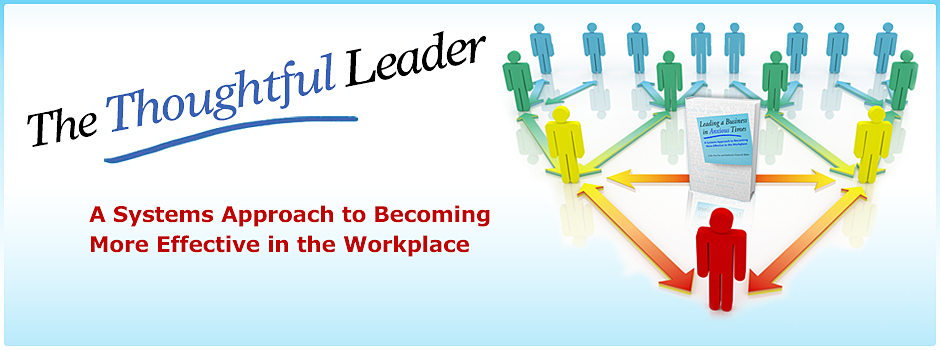I was pleased to read in the New York Times last Sunday that music continues to offer a useful metaphor for business leaders, who have often turned to musical groups like New York’s Orpheus Orchestra, and to a conductor/cellist like Benjamin Zander, author of “The Art of Possibility: Transforming Professional and Personal Life” (Penguin Books 2002). Jazz pianist John Kao apparently ,delivered a message to the World Economic Forum in Davos, Switzerland, last Saturday as part of a jazz performance, according to reporter Steve Lohr (“Bright Ideas: The Yin and Yang of Corporate Innovation,” NYTimes, Business Section, 1-29-12, p. 3).
In his performance John Kao told business listeners that jazz “demonstrates some of the tensions in innovation, between training and discipline on one side and improvised creativity on the other.” In a jazz combo there is a free flow of leadership that passes among the various instruments, with each taking a turn at exploring the tune with unique features of sound, texture and dynamics. But underlying those improvised solos is a solidly competent group of players and a shared rhythm, melody, and harmony that shape the whole direction of the tune.
In classical performances, like those of string quartets where the music is written down (and is “interpreted” within much more clearly defined boundaries than in jazz), the leadership can also pass around depending on the personalities of the performers. Often the cellist, who has the lowest line in the music and sets the harmony, will lead the other players in setting the tempo for the whole piece. The first violinist, with the highest part, will make sure everyone else is “in tune” before the performance starts.
In every kind of musical performance, whether jazz or classical, all the players must have “training and discipline,” as Kao notes. They have to be able to play their instruments cleanly and effectively, producing a good sound on their own, before they join the others. When they do join the others is when the “creativity” part begins, whether it is jazz improvisation or interpretation of a written classical score. If everyone has the training and discipline to begin with, they can then begin to “cook” together – letting their imaginations soar, catching the energy from each other, and really making music.
I’m a classically trained violinist and I regularly play in a string quartet, so I know what this excitement can be like, but I also know how hard I have to practice my own part before the group gets together. Without this kind of practice, the quartet would sound awful! And I know many jazz musicians who have the same experience as they seek a balance between training/discipline and creativity.
So how does this metaphor apply to the business world? What’s your experience with the balance between training/discipline and creativity in your workplace? Clearly people are hired because they are qualified to walk in the door, sit down at their desks, log onto their computers and begin to do the work of the day. But when does the creativity kick in? Does it emerge from the synergy of the work team? Does it come from excitement with the content of the work itself? From having individual and shared goals for productivity, achievement, and success? Getting to the end of the song and loving it?
What kind of music gets played at your workplace? I assume that your colleagues have the right training and discipline, but do they also play in tune with each other and do they share the harmony and the rhythm?
Katharine Gratwick Baker, PhD
